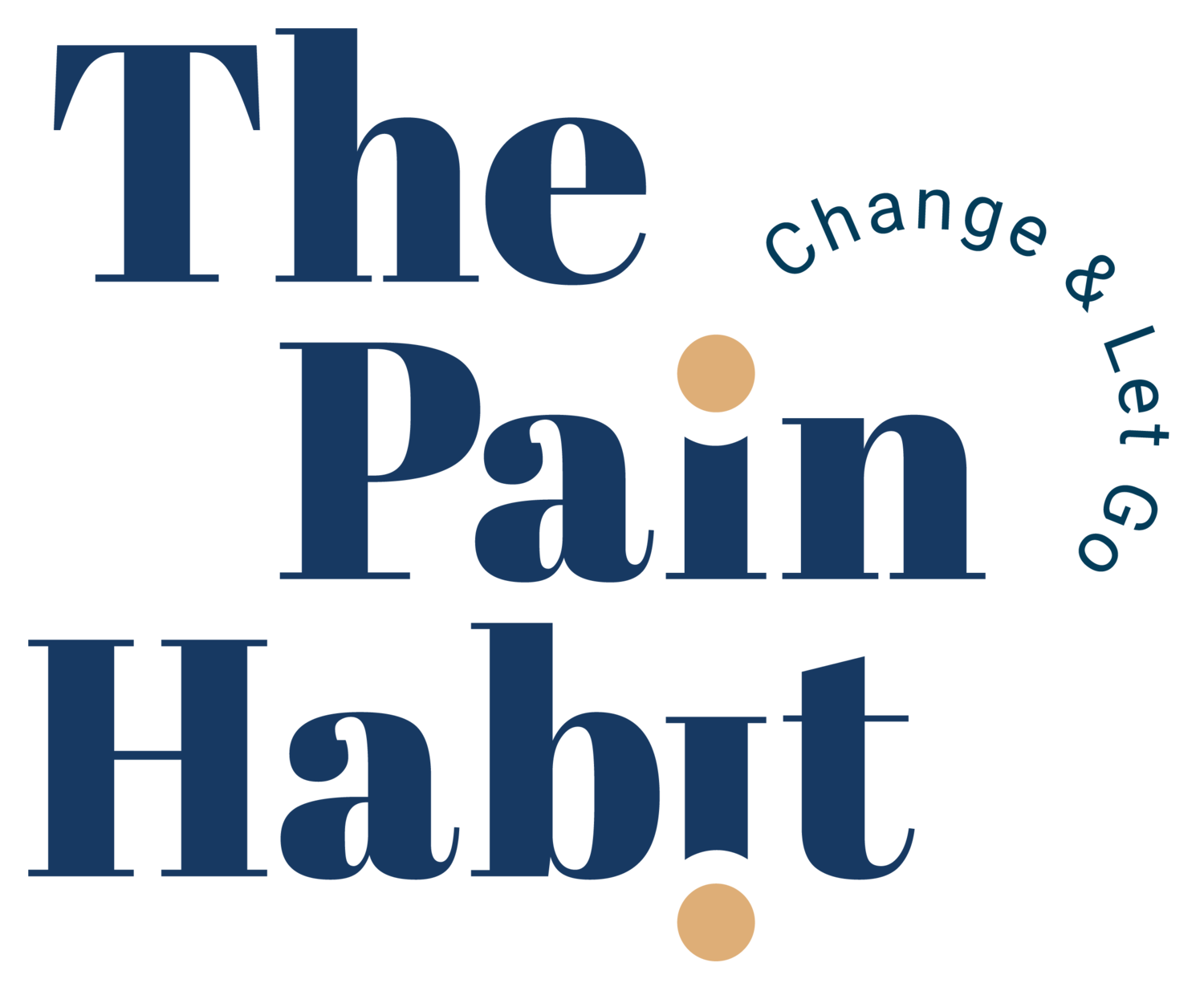Hit Yourself With a Stick?
Pain Conditioning
The post gives you an example of how it's relatively easy to condition yourself to feel less pain. These things happen naturally without us even thinking about it, but sometimes you make a conscious effort to prepare yourself to do something that you might enjoy.
I've got some friends who do martial arts, including contact and combat. They are involved in mixed martial arts and Thai boxing. Generally, stuff that I see as violent and am uninterested in.
The anticipation of even doing anything like that would make me wince, so I have beliefs and expectations about what comes with that, which is painful. I don't need any stronger cue than an actual suggestion of it, and I'm ‘Out of there!’ and I'm not doing it.
Stress-Reducing Buzz
For some reason, they like it as it gives them a buzz. It's a stress-reducing activity and something they love. They enjoy something they enjoy as it balances out their life, and they feel enjoyment from doing it. However, it’s not sensible for them to go from doing nothing to combat in one go.
It's just impossible as they would wake up after that sparring, that fight, or competition and not be able to walk for weeks.
I'm exaggerating, but they would be so sore after pushing so hard at that moment that it would make it very unenjoyable, so they conditioned themselves to do it gradually.
Kick in the Shin!
I was having a conversation with one of these guys about this, specifically regarding shin pain. The shin pain relates to Thai boxing, where you strike or are struck on the shin. He said when he was building up to a fight or building up his training, it would hurt as he first started to be struck on the shin.
If you've ever been kicked on the shin, you know what that's like. I played football, and the only bit of protection you need in football is essentially shin pads because it's so sensitive to be kicked there. So he's chosen a sport where he used that vulnerable part of your body to whack someone else with. Madness!
Anyway, the point is that he would have to condition himself to do it, so he told me that he used to get a piece of wood on his shin and tap it. Initially, tap it or hit it to the threshold of discomfort, and he'd do it a few times in the morning and a few times in the afternoon.
The next day he would repeat that routine a few times in the morning and a few times in the afternoon.
Adaptation
It sounds crazy, but striking the shin gives a painful response or just under a painful reaction leads to the body starting to adapt to it. It no longer sees it as that same level of pain. It would take two or three months for that body's physiological responses to adapt to that.
It eventually no longer hurts, but the wood is striking him at the same place in the same intensity as when he first started. It is no longer painful, so the body adapts to the stimulus. The context is particular. So as long as he expects the potential for that stimulus to occur, then if it does, it's no big deal. He'd prefer not to have it, and he won't be numb to the actual sensation.
It just won't be as painful as it was at the start. That's relevant for the period it is in that context. Remember, pain is very context-specific, so although you condition yourself for the particular sport and your mindset is focuses on that sport, all the encoding for that kicks in at that moment.
A Nasty Surprise
If you laid in bed and all of a sudden someone hit you in the shin with a piece of wood at the same intensity, believe me, you'd soon jump. Different contexts can switch on a pain mechanism, and they can switch it off. Have a think about that if you have a context where your pain is more evident to you or your pain is worse or even better.
A specific context might take your pain up, and another may take your pain down.
Pain is Changeable
Pain is changeable through conditioning. It is not fixed in time, so this gives us a lovely clue as to how we can approach and treat pain and especially persistent pain. We can treat them in a way that gradually conditions the person to see that stimulus that's currently painful and start to see it as safe.
Not so fast that it's so scary, painful, or such a shock, but in tiny bite-sized mechanistic procedures. Behaviours, beliefs, thoughts and actions can take us towards a pain-free life.
What’s next?
Take Your First Step to Recovery.
Join our FREE private Facebook group, The Pain Habit Community, to see how others have successfully returned to a pain-free life. Get support on your journey.
Sign up for The Pain Habit Blog below.
Subscribe to The Pain Habit YouTube channel.
Buy The Pain Habit book. Order here.



